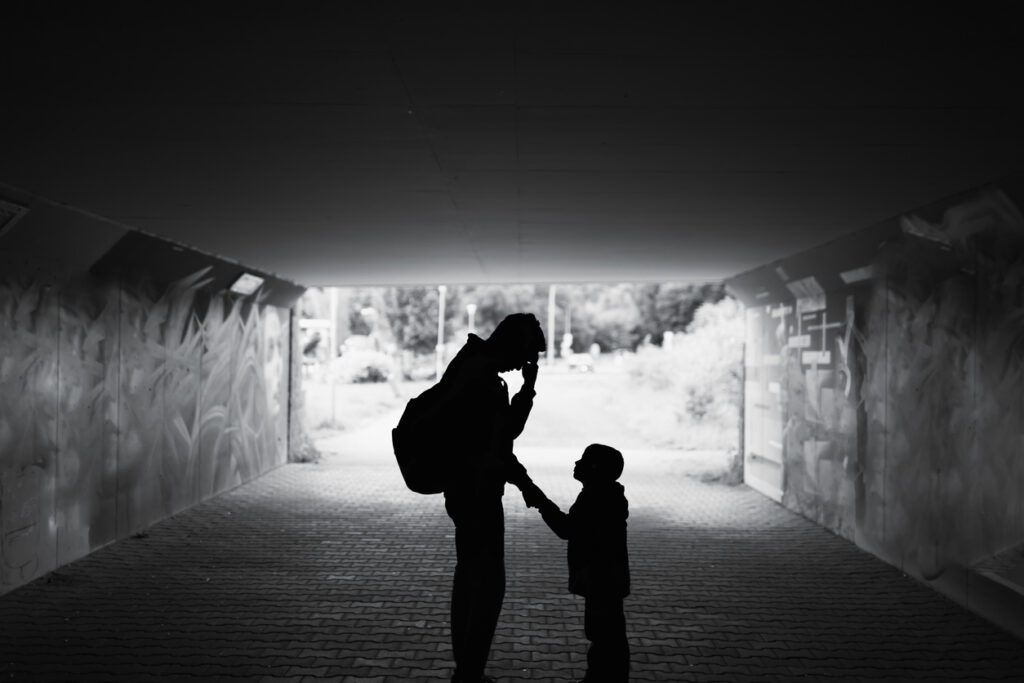Unaccompanied Children Are Under Attack, Again

This blog is a submission by the Community Justice Alliance (CJA), a legal services nonprofit seeking to advance racial justice and immigrant rights in California’s Central Valley.
Years after the public outcry over family separations, we are once again witnessing a resurgence of punitive tactics that endanger the safety and due process rights of tens of thousands of unaccompanied children. As legal safeguards are dismantled and enforcement intensifies, communities and advocates demand action.
Q: Who are unaccompanied children?
You may remember that in 2018, the nation watched in horror as the Trump administration forcibly separated more than 5,500 children from their parents. For many Americans, the images of children in cages were their first exposure to “unaccompanied children.” U.S. Department of Homeland Security defines unaccompanied children as those who are: (1) under 18 years old; (2) without immigration status; and (3) without a parent or guardian available to care for them in the United States. While family separations caused some kids to be “unaccompanied,” others arrived seeking safety from political strife, gang violence, economic instability, climate crisis, etc.
Q: How many unaccompanied children are there, and how does the federal law view them?
In Fiscal Year (FY) 2024, the Office of Refugee Resettlement (“ORR”), the agency in charge of evaluating and releasing unaccompanied children to sponsors, received 98,356 referrals of unaccompanied children from Guatemala (32%), Honduras (20%), Mexico (20%), El Salvador (8%), and other countries (19%). Over a third of these children were under 14 years old. Current law requires special protections like placing children in the least restrictive setting that is in the “best interest” of the child and providing pro bono counsel for legal proceedings.
Q: What has happened since the inauguration on January 20, 2025?
These kids have become targets for an array of disturbing attacks. Immigration and Customs Enforcement (ICE) issued new guidelines and directed agents to track down unaccompanied children and potentially deport them. Unaccompanied children are now subjected to expedited deportation proceedings (“rocket dockets”). This follows reports of ICE’s sudden access to ORR’s unaccompanied child database, and ORR imposing troubling barriers for vetting sponsors, including fingerprinting every adult in the sponsor’s household, screening of the guardian’s immigration status, and requiring that family members submit to a DNA test or face additional extreme vetting.
Furthermore, on March 21, 2025, unaccompanied children were stripped of federally funded legal representation, a program that supported over 26,000 children. The decision was challenged in court, and on April 2, 2025, a federal judge issued a temporary restraining order to restore legal aid to migrant children that runs through April 16, 2025. Medical experts, lawyers, and representatives like U.S. Senator Jess Merkley held a press conference demanding a full restoration of the program. As of May 11, 2025, the funding has not resumed.
On April 23, 2025, it is reported that migrant children in New York City shelters are increasingly appearing in virtual court hearings with no legal representation. Without representation, children are significantly more likely to lose their cases and be deported. According to the Transactional Records Access Clearinghouse (TRAC), nearly all (96%) people who appear in New York state immigration courts without legal counsel are deported.
Q: What can we do?
- Get loud! Using a guide like 5 Calls, you can easily locate your federal representatives and demand that they act now to restore legal services programs for unaccompanied children as required under the Trafficking Victims Protection Reauthorization Act (TVPRA).
- Encourage California to invest in the infrastructure it has created for exactly this moment! Ask for expansions to legal service programs like Removal Defense or Children’s Holistic Immigration Representation Project (“CHIRP”). These programs provide a public defender-like service to community members in immigration court, with the latter providing a social worker and an attorney to children to heal trauma. Check out this powerful audio story of one high school student who went from living in the shadows after being admitted as an “unaccompanied minor” to being an advocate for his peers, and the many ways the CHIRP program contributed to his safety.
- Learn how to safety plan in your community through immigration enforcement with this Community Justice Alliance checklist.
Click here to learn more about the experience of unaccompanied youth in California’s Central Valley, thanks to the fascinating research of LPPI’s Latino Data Hub.








